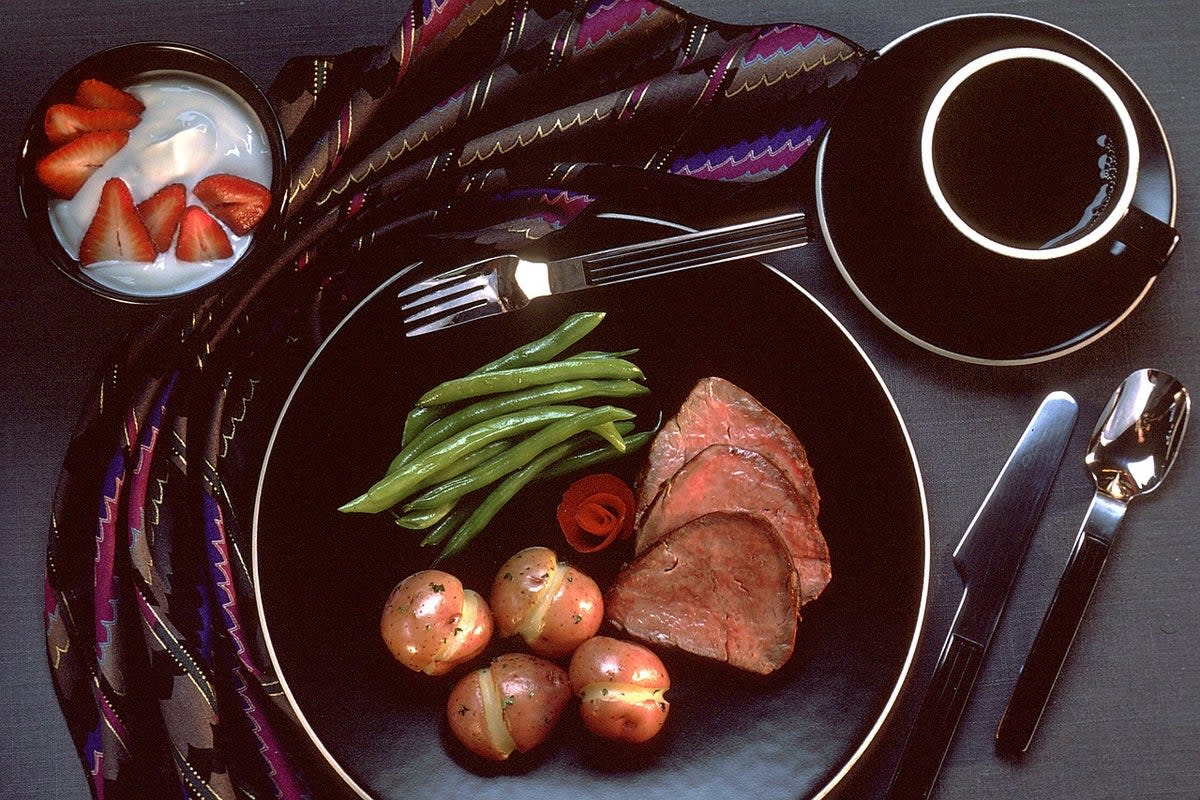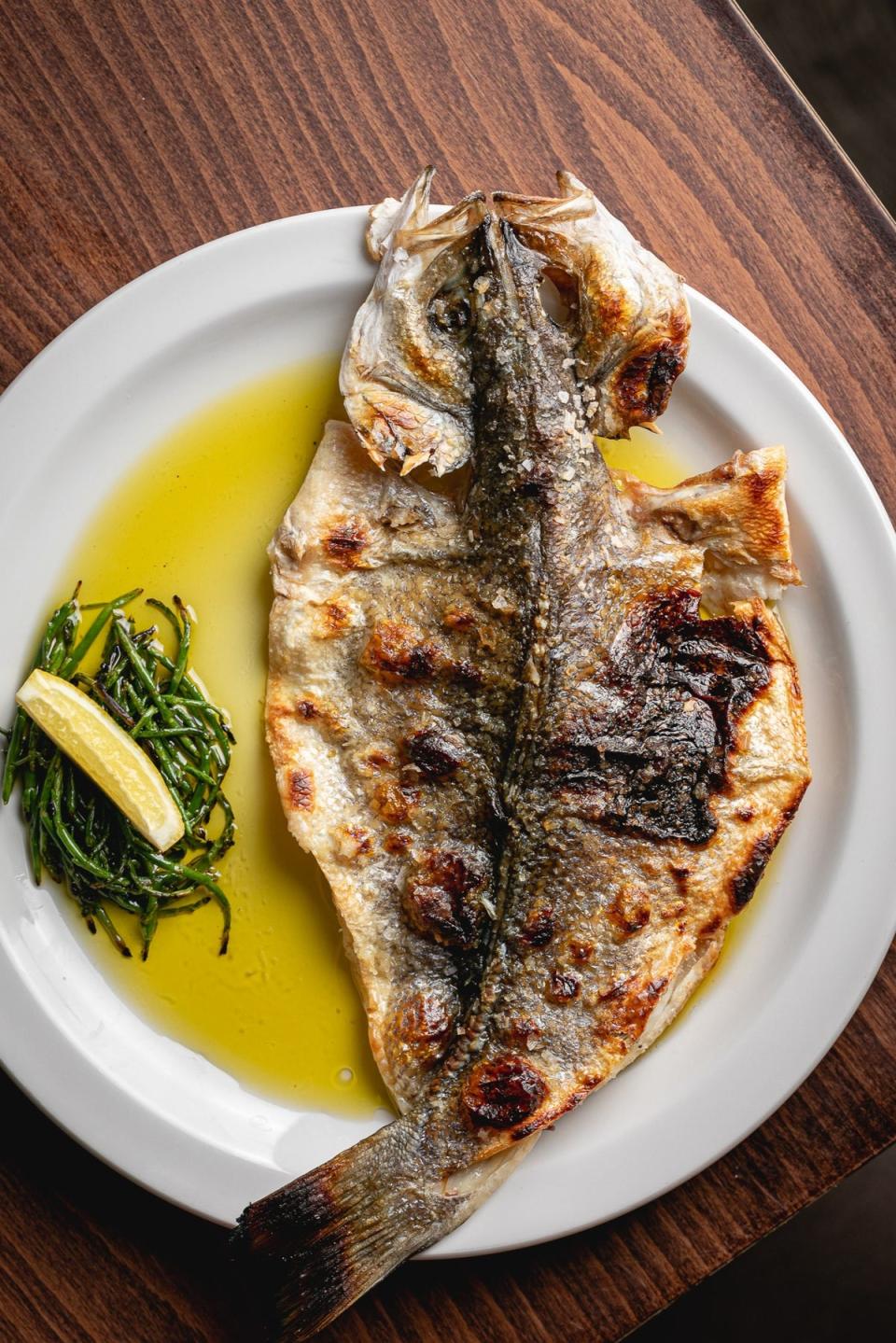The Mediterranean diet is out — the Atlantic diet is the summer upgrade to know

The Mediterranean diet has long been synonymous with living la dolce vita. Based on the traditional cuisine of southern European countries such as Italy and Greece, and mindful eating habits that prioritise time around the table, the Mediterranean diet has been linked to a lower incidence of chronic conditions such as heart disease, and type two diabetes. It is often lauded as the best way to tackle obesity.
And while there’s no denying the health perks that come with the Mediterranean diet, nutrition experts are now calling its gastronomic cousin, the Atlantic diet, the upgrade that you need for long-term health. It includes more starchy carbs, fresh fish and seasonal vegetables, and is based on what’s eaten in the northwest of Spain and Portugal. It’s also made waves, (excuse the pun), on social media with wellness influencers maintaining it’s the diet must-try of the moment.
What exactly is the Atlantic diet?
Largely based on ingredients that are traditionally consumed in northwest Spain and Portugal, the Atlantic diet is essentially a variation on the Med style of eating. “The Atlantic diet focuses on fresh seafood, seasonal vegetables and fruits, whole grains, sustainable protein, lots of olive oil, dairy, legumes, nuts, lean meats, and the use of herbs and spices. It emphasises local, seasonal produce and balanced, moderate portions,” highlights Isabelle Spellissy, Nutritionist at Innermost.

There are a few key differences that are worth noting, however. While the Mediterranean diet is centred on adding more variety of locally sourced fresh fruits and vegetables over prescribing specific types, the Atlantic diet specifically hones in on the benefits of brassicas, (a family of vegetables that includes broccoli, cabbage, cauliflower and kale). These are rich in a range of nutrients such as fatigue-fighting iron, energy-boosting folate and fluid-balancing potassium.
The holistic style of eating also places slightly more emphasis on seafood, dairy and lean cuts of meat which might suit some people better than others. “The Atlantic diet is more focused on the traditional foods of the Atlantic coastal regions which means that it often incorporates a higher proportion of cold-water fish and seafood,” adds Spellissy.

And if you’re partial to the odd plate of cheese paired with wine, the good news is that both are allowed on the Atlantic diet.
The main point of difference between the two diets however is that the Atlantic diet allows for more starchy carbs. The focus is less on pasta (a staple of the Mediterranean diet) but more on potatoes, bread and even chestnuts. These are usually combined with protein-rich foods to provide balance to the plate.
“Summer is a great time to try it due to the abundance of fresh produce, better access to fresh seafood, and the suitability of outdoor cooking methods like bbq’ing,” explains Spellissy.
What are the benefits of the Atlantic diet?
Results from a recent six-month Spanish study which looked at the effects of the Atlantic diet on metabolic health, showed that following the key principles of the diet helped to lower the risk of important markers that contribute to heart disease, diabetes and other long-term diseases by a whopping 42 per cent. Another study found that the coastal-focused diet reduced the risk of mortality from any cause by more than 13 years.
“The Atlantic diet also includes a reduced risk of certain cancers due to the emphasis on nutrient-dense foods,” explains Spellissy.
Want to try the Atlantic diet?
Here's an example meal plan for a day
Breakfast
Unsweetened yoghurt with fresh berries and nuts.
Lunch
Jacket potato with tuna and a side of roasted broccoli and cauliflower.
Dinner
Homemade chicken burger in a bun with cheese and a side of steamed kale.


